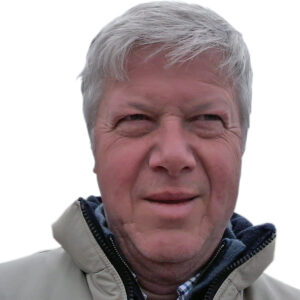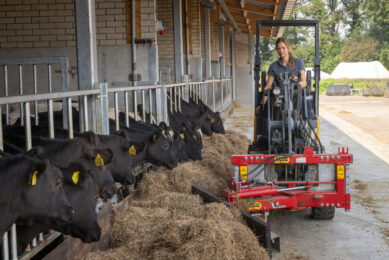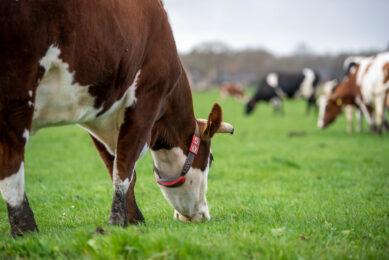Dairy 4 Future project: results and lessons
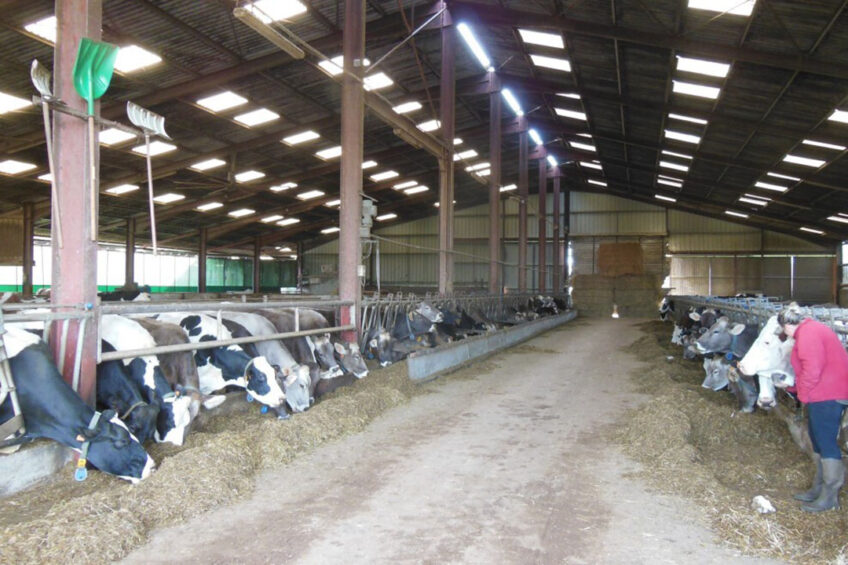
Coordinated by the French Livestock Institute, Idele, the Interreg Dairy 4 Future project was implemented in 5 countries and 12 regions of the Atlantic area between 2018 and 2022. The main results and lessons learned from this project were discussed at a meeting in Saint-Malo on 27 September 2022.
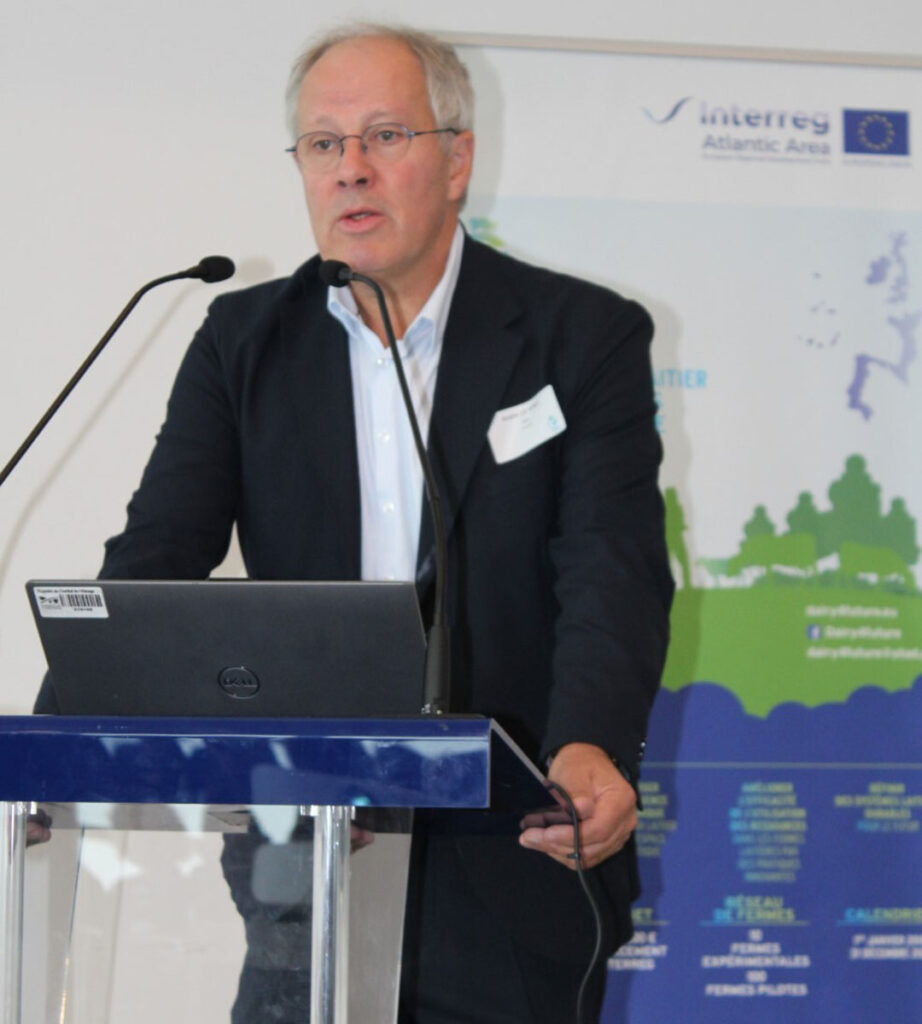
Around 90 people, mainly the project’s partners from several European countries or regions (Scotland, Ireland, Wales and England, the Basque Country, Galicia and Portugal), farmers and representatives of dairy cooperatives attended the meeting, which was opened by André Le Gall (Idele), coordinator of the Dairy 4 Future project.
From Scotland to the Azores, dairy production is a major economic activity in the Atlantic area. This dairy area, located in the extreme west of Europe with soil and climate conditions suitable to forage production and grazing, represents 23% of European milk production. It also includes 80,000 dairy farms and 100,000 farmers and employees and employs 70,000 people in dairy companies.
Since the end of the quota system, the dairy sector in the Atlantic area is even more affected by the opening up of markets, and therefore higher price volatility due to its exposure to dairy commodities. This context requires improved efficiency and resilience of dairy systems. In addition, the dairy sector must also ensure the appropriate use of resources (feed, water, energy, fertilizers, etc.) and reduce its environmental impacts, in particular greenhouse gas emissions, in line with internal commitments and European objectives (the ‘fit for 55’ package: reducing 55% of gas emissions by 2030).
Improving competitiveness, socio-economic resilience and sustainability of the dairy sector
All the dairy regions of the Atlantic area seaboard must also tackle the renewal of the workforce, which requires strengthening the attractiveness of the dairy sector.
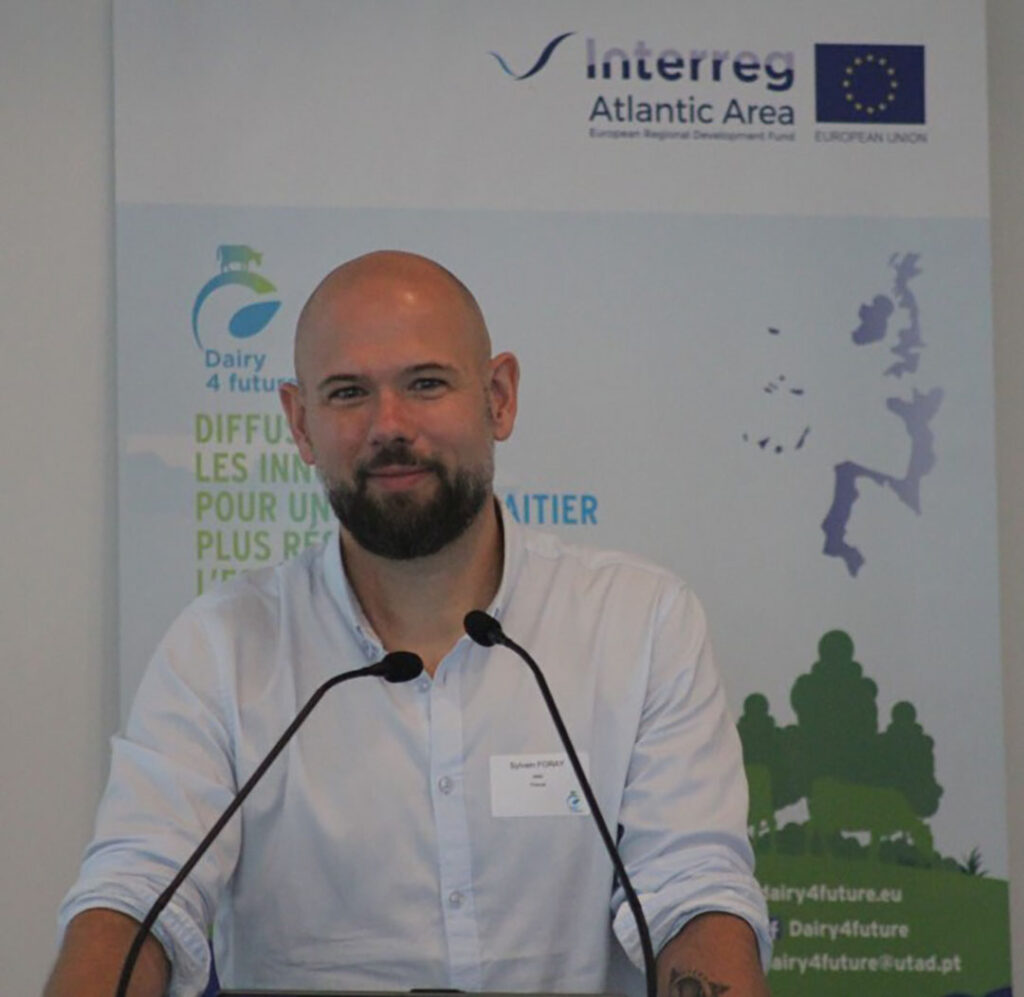
“The Dairy 4 Future project was born in this context, supported by ERDF funds, in the framework of Interreg Atlantic Area. This project aimed to improve competitiveness, socio-economic resilience and sustainability of the dairy sector, through the development of innovative and efficient dairy systems, and improved cooperation between partners,” said Le Gall.
A network of pilot farms, known for their innovative practices in conventional or organic production, managed by motivated and committed farmers, was set up. Farms were spread over all the regions involved in the project.
“In the operation of the project, each partner was assigned the management of an action, or a work package (grouping of several actions),” said Sylvain Foray (Idele), general manager of the project.
Dairy farms in decline
“Three types of dairy systems based on feed requirement and land use can be characterised. They are mainly climate and soil-driven,” explained Marion Cassagnou (Idele):
- In the western British Isles, with abundant rainfall and harder-to-plough soils, grazed and silted perennial grassland remains the base of the forage system;
- When it is possible and easy to plough, maize silage completes the feed diet, as in the western part of France;
- In northwest Spain or Portugal, the milk systems become more intensive with permanent housing and a higher quantity of concentrates.
 Except in Ireland, the number of dairy cows is decreasing and the trend over the last 10 years shows that the decline in the number of farms is larger in the southern regions.
Except in Ireland, the number of dairy cows is decreasing and the trend over the last 10 years shows that the decline in the number of farms is larger in the southern regions.
The transformation has been significant in Spain and north Portugal where herds are smaller, with less than 50 cows/farm on average.
South Portugal is an exception because the number of farms had not changed between 2007 and 2017, but they expanded from an average of 161 cows in 2007 to 284 cows in 2016.
Dairy in 2030
The prospects for milk growth and dairy farm structures to 2030 were presented by Cathal Buckley, research officer, Teagasc (Ireland), with 4 main conclusions:
- Milk output growth, an uncertain future for Brittany: Except for Brittany (which is projecting a volume decline of circa 5%), the rest of the North Atlantic case study region indicated an expected increase in milk volume output to 2030. Except for the Basque Country (2%) and the Republic of Ireland (21%), the other regions indicated an increase of between 9-15%.
- More dairy cows in Ireland and a decline in Brittany and Galicia: In terms of the dairy cow population, greater levels of expected variability around the North Atlantic case study regions. Galicia, Brittany, southwest England and the Basque Country indicated a decline in the dairy cow population of between -3% and -13%. Whereas Wales (3%), Scotland (10%) and the Republic of Ireland (17%) indicated a projected increase in overall dairy cow numbers.
- Fewer farmers but larger farms: A consistent trend across the North Atlantic region was a decline in the dairy farmer population and an increase in the size of the average dairy farm. Galicia was projected to have the largest percentage decline in dairy farm numbers (-49%) followed by southwest England (-37%), Brittany (-32%), Wales (-30%) and Scotland (-24%).
- More milk per cow, but with regional differences: It is projected that average milk yield per cow (in volume terms) would increase across all North Atlantic study regions. Galicia projected the largest estimated increase at 33%. This was followed by southwest England (15%), Scotland (12%), Northern Ireland (11%), Wales (9%) and the Republic of Ireland (7%).
Join 13,000+ subscribers
Subscribe to our newsletter to stay updated about all the need-to-know content in the dairy sector, two times a week.


